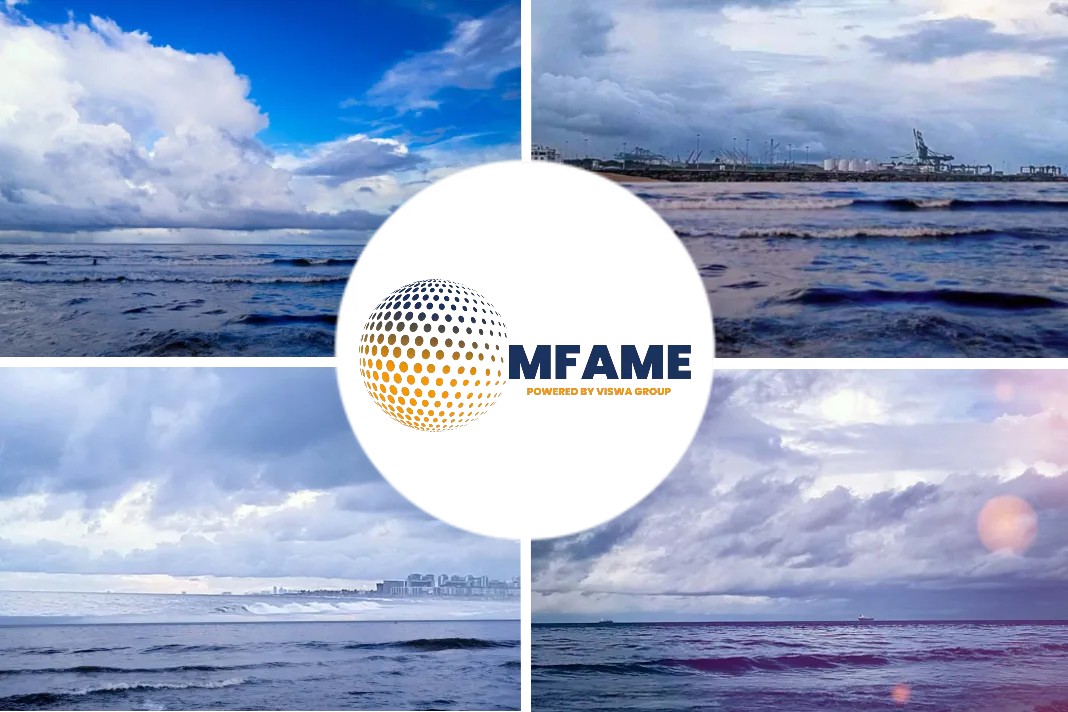
The recent failure of the proposed Kermadec ocean sanctuary is a striking reminder of the need for leadership around New Zealand’s ocean policies.
Vast Ocean Territory
Aotearoa is surrounded by a sea territory 15 times the size of its landmass. This extends from the shorelines of the main islands to the Kermadecs (Rangitāhua) in the northwest, the Chathams (Rēkohu) in the east and the subantarctic Campbell Island in the south Pacific ocean. Two in three New Zealanders live within 5km of the shore and many use the ocean and coasts for recreational and cultural activities. The blue economy provides significant income to New Zealand, including through commercial fisheries, offshore minerals, ports and marinas, maritime transport and coastal tourism.
Marine and coastal ecosystems are threatened by climate change, as oceans are acidifying, sea levels rising and sea-surface temperatures increasing. But they are also our best line of defense in buffering extreme events, filtering land runoff and storing “blue carbon.” The range of complex relationships New Zealanders have with the ocean can be difficult to reconcile, especially against an historical context of repeated Crown failures to respect and uphold the rangatiratanga held by iwi and hapū over oceans and fisheries.
An Ecosystem Approach
New Zealand’s marine policies are currently dispersed across multiple pieces of legislation and regulatory institutions. They may be working towards different, and sometimes competing, objectives and at various time and geographical scales. Research conducted within the Sustainable Seas national science challenge looks at ecosystem-based management. This involves managing the marine environment in a way that reconciles competing values without degrading the ocean ecosystem. It also recognizes that humans are part of the ecosystem. A more holistic and relational ecosystem-based approach to managing human activities in the ocean would acknowledge the interdependencies between living and non-living marine ecosystem components, including people.
An Ocean Ministry
The current government created a new ministerial portfolio of oceans and fisheries. This doesn’t go far enough. Marine policy is still spread across multiple laws and institutions working for different purposes. Recent environmental reforms have focused on land-based issues of resource management, conservation and climate adaptation, taking a sector-by-sector approach and overlooking the interconnected threats facing our ocean. Many have argued we need an oceans agency to support cross-sectoral collaboration and hold the government to account for implementing the rule of law.
Designing policy and creating institutional arrangements to support ecosystem-based management at central government level is only the beginning. This must also be the catalyst to drive, resource and enable connectivity in governance and management across all levels, to every bay and estuary. It’s clear the journey for the Kermadec sanctuary is far from over. Te Ohu Kaimoana have proposed an iwi-led Indigenous approach to environmental management—or, as they put it, a relationship with people and nature together, not separated.
Did you subscribe to our daily newsletter?
It’s Free! Click here to Subscribe
Source: Phys
















